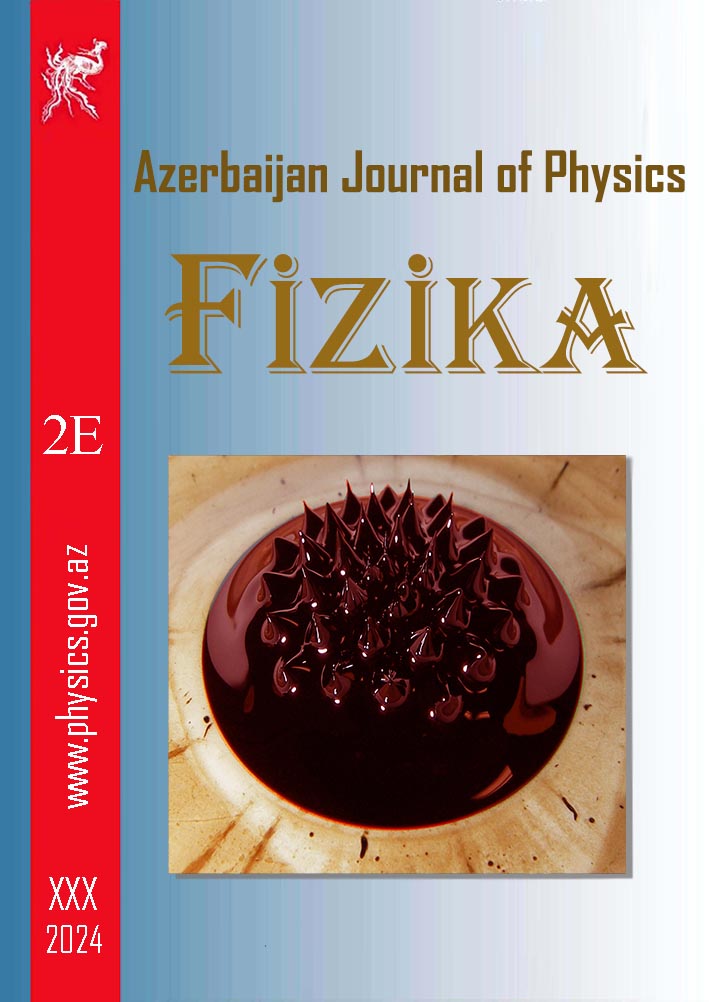ABSTRACT
Titanium and titanium alloys exhibit a unique combination of strength and biocompatibility, which enables their use in medical applications and accounts for their extensive
use as implant materials in the last 50 years. Currently, a large amount of research is being carried out in order to determine the optimal surface topography for use in
bioapplications, and thus the emphasis is on nanotechnology for biomedical applications. The present review article focuses on the specific nanotopography of titanium, i.e.
titanium dioxide (TiO2) nanotubes, using a simple electrochemical anodisation method of the metallic substrate. One key advantage of using TiO2
nanotubes in cell interactions is based on the fact that TiO2 nanotube morphology is correlated with cell adhesion, spreading, growth and differentiation of
mesenchymal stem cells, which were shown to be maximally induced on smaller diameter nanotubes (15 nm), but hindered on larger diameter (100 nm) tubes, leading to cell
death and apoptosis.
Keywords: nanostructures, nanotubes, titanium oxide, biotechnology
PACS: 81.15cd, 81.05 Rm, 82.45Gj; 84.60Jt
DOI:-
Received: 22.11.2022
AUTHORS & AFFILIATIONS
Institute of Physics Ministry of Science and Education Republic of Azerbaijan, 131 H.Javid ave, Baku, AZ-1143, Azerbaijan
E-mail: samireabdullayeva181@gmail.com
|
REFERENCIES
[1] P. Roy, S. Berger and P. Schmuki, 2011, Angew. Chem. Int. Ed. 50 2904.
[2] D. Mihov and B. Katerska. 2010, J.Trakia, Sci. 8 119.
[3] J. Park and R. Lakes. S 2007, Biomaterials 3rd edn (New York: Springer).
[4] S. Bauer, J. Park, J. Faltenbacher, S. Berger, K. Von der Mark and P.Schmuki. 2009, Integr. Biol. 1 525.
[5] J. Park, S. Bauer, K. Von Der Mark and P.Schmuki. 2007, Nano Lett. 7 1686.
[6] J.M. Macak and P. Schmuki. 2006, Electrochim. Acta 52 1258.
[7] J.M. Macak, K. Sirotna and P.Schmuki. 2005 Electrochim. Acta 50 3679.
[8] L.V. Taveira, J.M. Macak, H. Tsuchiya, L.F.P. Dick and P. Schmuki. 2005 J. Electrochem. Soc. 152 B405.
[9] H. Tsuchiya, S. Berger, J.M. Macak, A.G. Munoz and P. Schmuki. 2007, Electrochem. Commun. 9 545.
[10] J.M. Macak, H. Tsuchiya, L. Taveira, S. Aldabergerova and P. Schmuki. 2005, Angew. Chem. Int. Ed. 44 7463.
[11] A. Ghicov, S.P. Albu, J.M. Macak and P. Schmuki. 2007, Phys. Status Solidi Rapid Res. Lett. 1 R65.
[12] A. Valota, D.J. LeClerea, P. Skeldona, M. Curionia, T. Hashimotoa, S. Berger, J. Kunzeb, P. Schmuki and G.B. Thompson. 2009, Electrochim. Acta 54 4321.
[13] S. Chatterjee, M. Ginzberg and B. Gersten. 2006, Mat. Res. Soc. Symp. Proc. 951 227
[14] R. Hahn, T. Stergiopoulus, J.M. Macak, D. Tsoukleris, et al. 2007, Phys. Status Solidi Rapid Res. Lett. 1 135.
[15] D. Regonini, A. Jaroenworaluck, R. Stevensa and C.R. Bowen, 2010, Surf. Interface Anal. 42 139.
[16] A. Mazare, G. Voicu, R. Trusca and D. Ionita. 2011, UPB Sci. Bull. C 73 97.
[17] D. Williams. 2001, Titanium for Medical Applications, ed D.M.Brunette, P. Tengvall, M.Textor and P.Thompson (Berlin and Heidelberg: Springer-Verlag) 13.
[18] G.E. Aninwene, C. Yao and T.J. Webster. 2008, Int. J. Nanomedicine 3 257.
|
